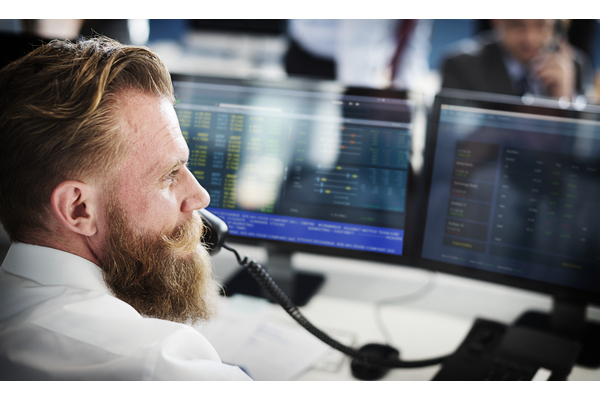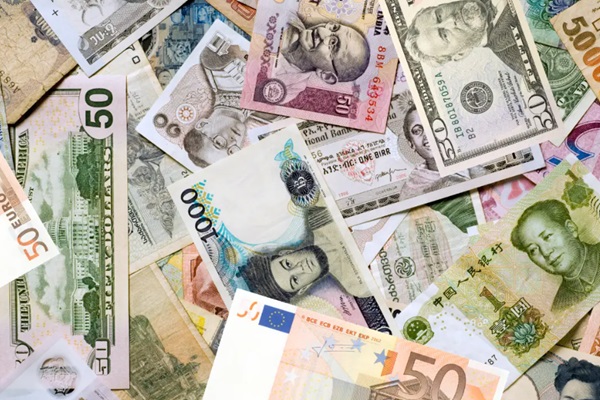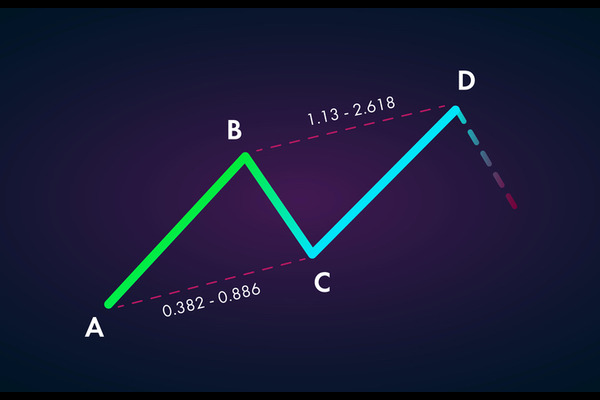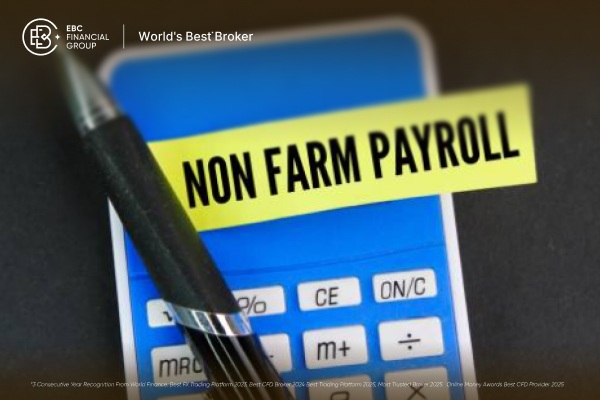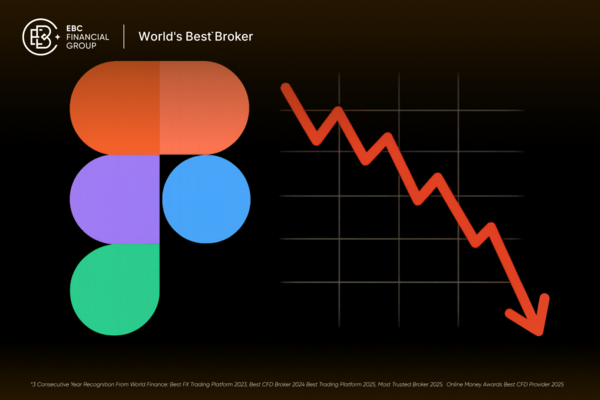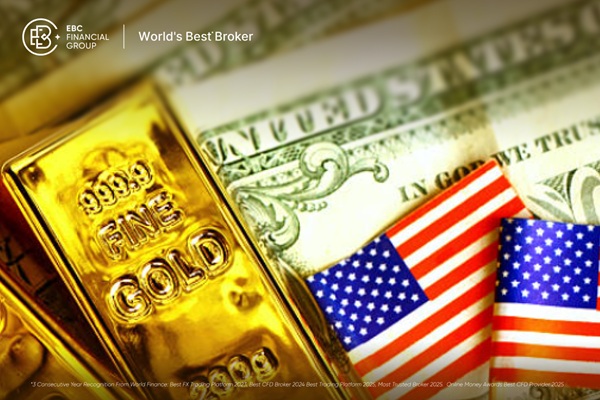In the fast-paced world of financial markets, it's easy to mistake overtrading for ambition. After all, the more you trade, the more chances you have to win, right? Not quite. Overtrading is one of the most common traps both new and experienced traders fall into, and it can be just as damaging to your portfolio as poor analysis or bad timing. It's not about being bold. It's about being reckless.
In this article, we'll dive into what overtrading really is, why it happens, and how to spot it before it chips away at your capital and confidence.
What Is Overtrading?

Overtrading refers to the excessive buying and selling of financial instruments without a solid strategic foundation. It typically results from emotional decision-making, such as fear of missing out (FOMO), revenge trading after a loss, or an addiction to the excitement of the markets. The more you trade without a clear reason, the more you expose yourself to unnecessary risk.
There are two primary forms of overtrading:
high-frequency trading without a defined plan
Using too much leverage to open multiple positions
Both can lead to unnecessary losses, poor risk-reward ratios, and emotional fatigue.
The Psychology Behind Overtrading
One of the most dangerous aspects of overtrading is that it often masquerades as productivity. Traders can convince themselves that they're being proactive, when in reality, they're reacting emotionally to short-term movements or noise in the market.
A common cause is loss aversion—the desire to quickly “make back” a loss through more trades. This rarely works and often leads to a spiral of further losses. Another trigger is the illusion of control, where a trader feels more in charge of their destiny by clicking “buy” or “sell” frequently. But more trades do not equal more control—often, it means less.
Overtrading in Disguise: Subtle Signs to Watch
Not all overtrading is obvious. Here are some less-talked-about signs:
You open trades based on impulse, not strategy.
You feel anxious when you're not in a position.
Your trading journal shows dozens of small, unnecessary trades.
You abandon your risk management rules regularly.
You're checking charts and platforms obsessively throughout the day.
Overtrading doesn't always look like a high volume of trades in a single day. Sometimes, it's a pattern of undisciplined entries over time.
The Hidden Costs of Overtrading
The dangers of overtrading go far beyond simple losses. Here's how it can quietly erode your trading edge:
Increased transaction costs: Commissions, slippage, and spreads all add up when you trade frequently.
Emotional exhaustion: Constant decision-making leads to burnout and poor judgement.
Account drawdowns: Small losses accumulate quickly, and one bad streak can damage your capital.
Missed high-quality setups: When you're constantly in the market, you may not have enough margin or mental clarity to spot better trades.
Successful trading isn't about quantity, but quality. Even professional traders might make just a few well-considered trades a month.
How to Stop Overtrading Before It Starts

If you suspect overtrading is creeping into your routine, here are some ways to bring back control:
Set a daily or weekly trade limit: This helps you focus on only the best opportunities.
Use a written Trading plan: Include rules on entry, exit, and risk per trade.
Take regular breaks from the screen: Step away and reset to avoid emotional triggers.
Track your trades: A trading journal will help you identify patterns and emotional mistakes.
Focus on your edge: Only take trades that align with your core strategy and market thesis.
You don't need to be in the market all the time to be a successful trader. In fact, the best traders often spend more time waiting than acting.
Overtrading vs. Active Trading: Know the Line
Active trading gets a bad rap sometimes, simply because it's mistaken for overtrading. But the two are not the same. Active trading is deliberate, disciplined, and rooted in a defined strategy. Overtrading is erratic, emotional, and often unjustified.
If your trades are planned and based on your tested strategy—even if you take several a day—you're probably not overtrading. But if you're entering positions out of boredom, fear, or greed, it's time to reevaluate.
Final Thoughts
There's a fine line between confident trading and compulsive trading. Overtrading is often a symptom of a deeper issue: the desire for instant gratification. But real success in trading, like in most endeavours, comes from patience, discipline, and control.
Aggressive trading without a framework isn't courage—it's risk. And the more you feed that risk, the more your edge erodes.
By recognising overtrading for what it is—a hidden leak in your strategy—you can start plugging the holes and rebuilding a more sustainable path to long-term profitability.
Disclaimer: This material is for general information purposes only and is not intended as (and should not be considered to be) financial, investment or other advice on which reliance should be placed. No opinion given in the material constitutes a recommendation by EBC or the author that any particular investment, security, transaction or investment strategy is suitable for any specific person.






